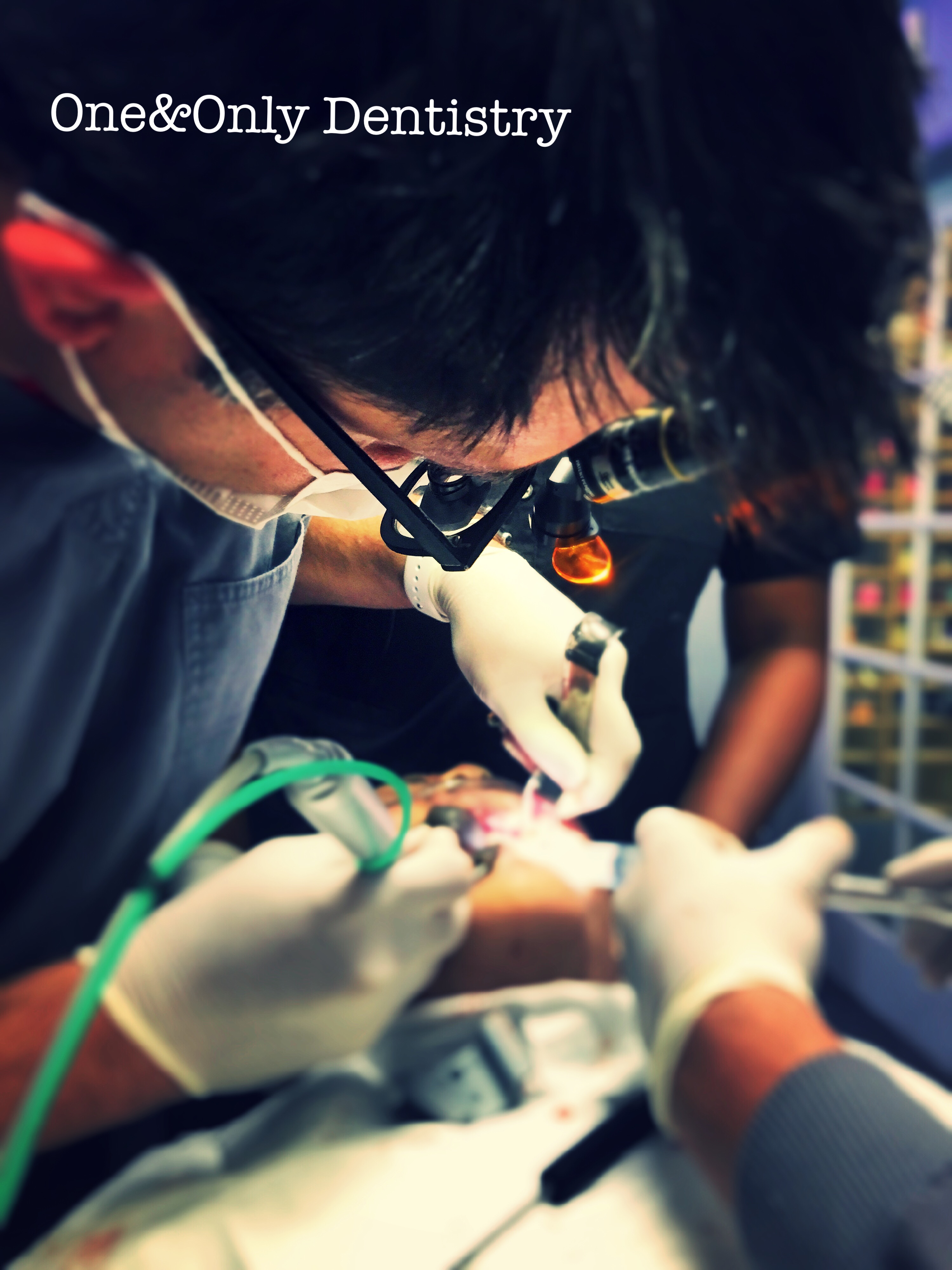I have been told I don’t have enough bone, am I a candidate for Dental Implants

Answer: YES! With help of Zygomatic Implants, read more.
A dental implant is often the preferred option for replacing a lost tooth. Not only does the implant restoration replace the portion of the tooth that lies above the gum line; it also replaces the root of the tooth.
The dental implant rod or screw is positioned beneath the gums inside the bone of the jaw. Once in place, the implant heals over time and becomes integrated with the jawbone. The healing process that results in the fusion of the bone and the implant is called osseointegration. After this healing process is complete, the implant is as stable as a natural tooth.
Due to the stability of a dental implant, it can be used in multiple dental restorations. For instance, an implant can be used to help secure dentures or dental bridges in place. Nevertheless, since an implant is installed within your bone, if you lack sufficient jawbone density, you may be concerned that you will not be a good candidate for an implant restoration.
Reduced Jawbone Density
Once you have lost teeth, unless an implant is immediately placed, you may suffer from a reduction in jawbone density. The density of your jawbone is maintained by the stimulation provided as you chew food. When you chew, bite pressure is transferred from your teeth or implant to the jawbone. However, when a tooth is lost and not replaced by an implant, no bite pressure or stimulation can be provided at the extraction site, As a result, the jawbone atrophies.
Other teeth-replacement applications, such as traditional dentures or dental bridges, lie at the gum line and are thus, unable to provide the stimulation needed to prevent your jawbone from shrinking. Still, once your jawbone has atrophied, what dental options are available to permit an implant restoration? Here are two of them:
Bone Grafts
A bone graft is the addition of natural or synthetic bone to your jawbone to increase its density. The material for the graft may be harvested from other places in your body but is more likely to be obtained from an animal, such as a cow. Before its application, the material is processed to ensure sterilization and removal of all of the animal’s organic material, leaving only the mineral content.
Your body sees the graft as natural bone and gradually absorbs and replaces the material with your own bone. Although this procedure is considered effective, it is quite invasive and takes months to heal. Until the bone-replacement process is complete, the dental implant procedure cannot be performed. Thus, a bone graft significantly extends the time associated with your treatment process.
Zygomatic Implants
Zygomatic dental implants are often better options for people with insufficient bone in the maxillary or upper arch. The dental implants are placed in your cheekbone or zygoma. As a result, no grafts are required, especially in atrophied bone.

This revolutionary technique, which is offered by Dream Dental, reduces treatment time. With a zygomatic implant, the time associated with your treatment and healing process is minimized, because of the elimination of preparatory procedures, such as bone grafts and sinus lifts.
To ensure that the implants extend up into the cheekbone properly, zygomatic implants are especially designed to be longer than traditional implants. Additionally, you don’t have to be concerned about the longer implant damaging areas of your face or bone. Since you undergo a dental CT scan before a zygomatic implant is placed, the professionals at Dream Dentist will have already identified the best path for the implant installation.
If you have been told that you don’t have enough bone for dental implants but are uncomfortable with a removable appliance, schedule an appointment with the Dream Dental office.
